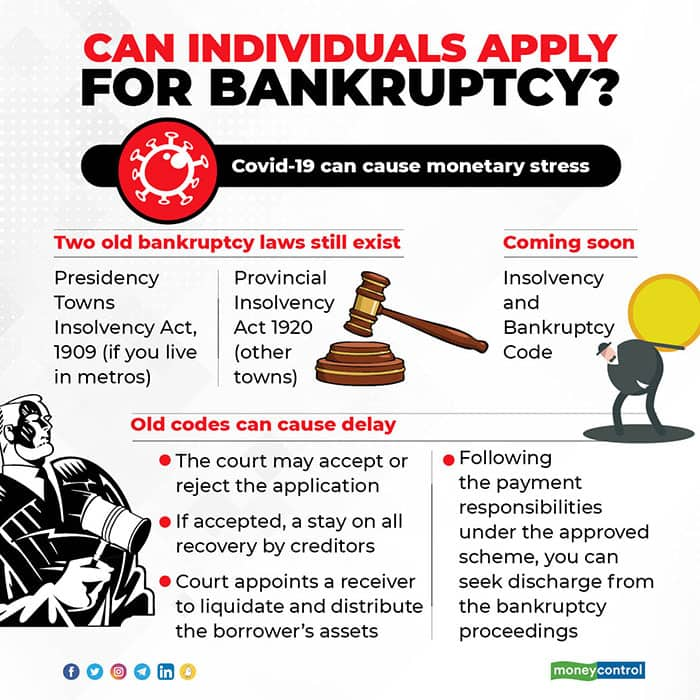
Navigating Bankruptcy Proceedings: Legal Strategies Unveiled
Understanding Bankruptcy: A Legal Lifeline
Bankruptcy is a legal process designed to provide individuals and businesses facing insurmountable debt with a fresh start. This multifaceted legal avenue involves intricate procedures and requires a comprehensive understanding of bankruptcy laws and their implications.
Bankruptcy Chapters: Tailoring Solutions to Needs
Bankruptcy law encompasses various chapters, each serving different needs. Chapter 7 focuses on liquidation, Chapter 11 on reorganization for businesses, and Chapter 13 on individual debt adjustment. Understanding the nuances of each chapter is crucial in tailoring a strategy that aligns with the specific circumstances of the debtor.
The Automatic Stay: Halting Creditor Actions
One powerful aspect of bankruptcy proceedings is the automatic stay. Upon filing for bankruptcy, an automatic stay is initiated, putting a halt to creditor actions such as foreclosure, repossession, or wage garnishment. This legal injunction provides a breathing space for debtors to assess their financial situation without immediate creditor pressures.
Bankruptcy Petition and Schedules: Initiating the Process
The bankruptcy process kicks off with the filing of a bankruptcy petition, detailing the debtor’s financial situation. Schedules listing assets, liabilities, income, and expenses accompany the petition. Accurate and transparent completion of these documents is vital, laying the foundation for the entire bankruptcy case.
Creditors’ Meeting: Open Dialogue in Bankruptcy
After filing, debtors participate in a creditors’ meeting, also known as the 341 meeting. This provides an opportunity for creditors to ask questions and assess the debtor’s financial situation. While it might sound daunting, this meeting is typically procedural and aims to ensure transparency in the bankruptcy process.
Asset Liquidation in Chapter 7: The Trustee’s Role
In Chapter 7 bankruptcy, a trustee is appointed to oversee the liquidation of non-exempt assets to satisfy creditors. While exemptions protect essential assets, understanding the trustee’s role is crucial. Navigating the balance between debt discharge and asset protection requires strategic planning.
Reorganization in Chapter 11: Business Resilience
For businesses, Chapter 11 offers a chance for reorganization. This chapter allows businesses to continue operations while developing a plan to repay creditors. It’s a complex process that demands a strategic approach, often involving negotiations with creditors and a court-approved restructuring plan.
Debt Adjustment in Chapter 13: Individual Repayment Plans
Chapter 13 provides individuals with a structured repayment plan, typically spanning three to five years. This chapter is suitable for those with a regular income seeking to catch up on overdue payments. Crafting a feasible repayment plan requires a thorough understanding of the debtor’s financial situation.
Bankruptcy Discharge: Fresh Financial Start
The ultimate goal of bankruptcy proceedings is the discharge of debts. A bankruptcy discharge releases the debtor from personal liability for certain debts, offering a fresh start. However, not all debts are dischargeable, and understanding the nuances of dischargeable and non-dischargeable debts is crucial.
Bankruptcy Law Proceedings are complex but navigable with the right legal guidance. For expert assistance, visit Josslawlegal.my.id. The intricacies of bankruptcy law demand a strategic and informed approach. Seeking professional advice ensures that individuals and businesses can navigate this legal terrain with confidence.

